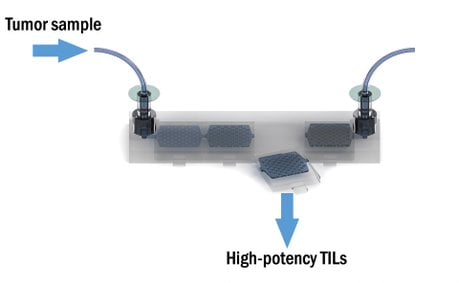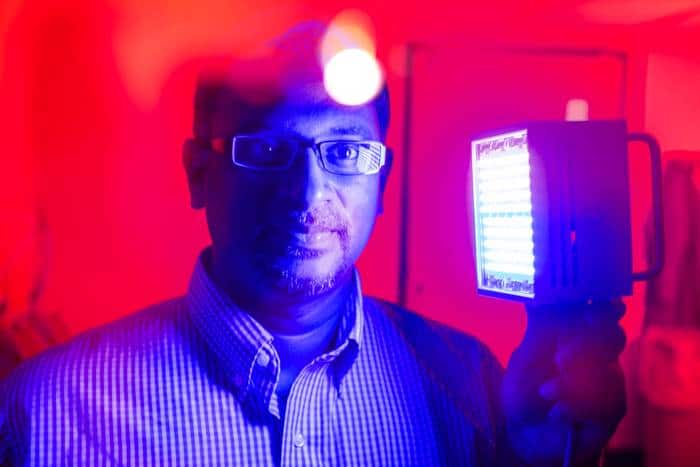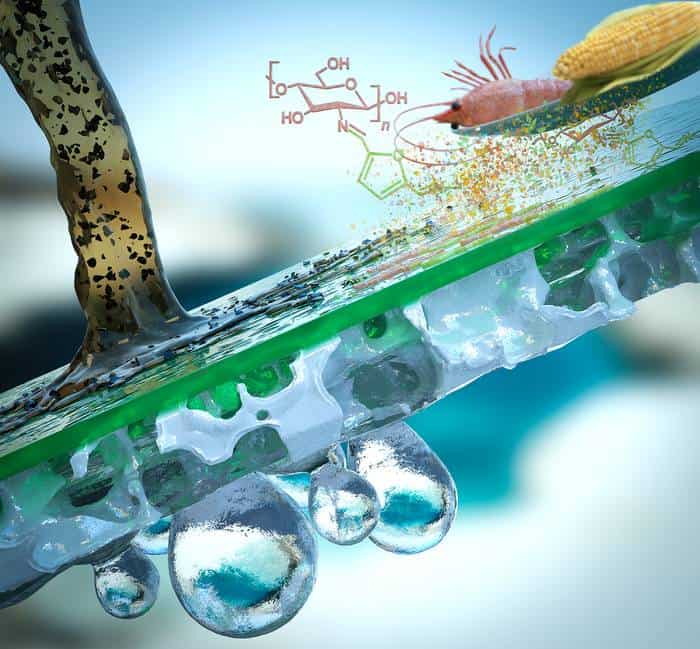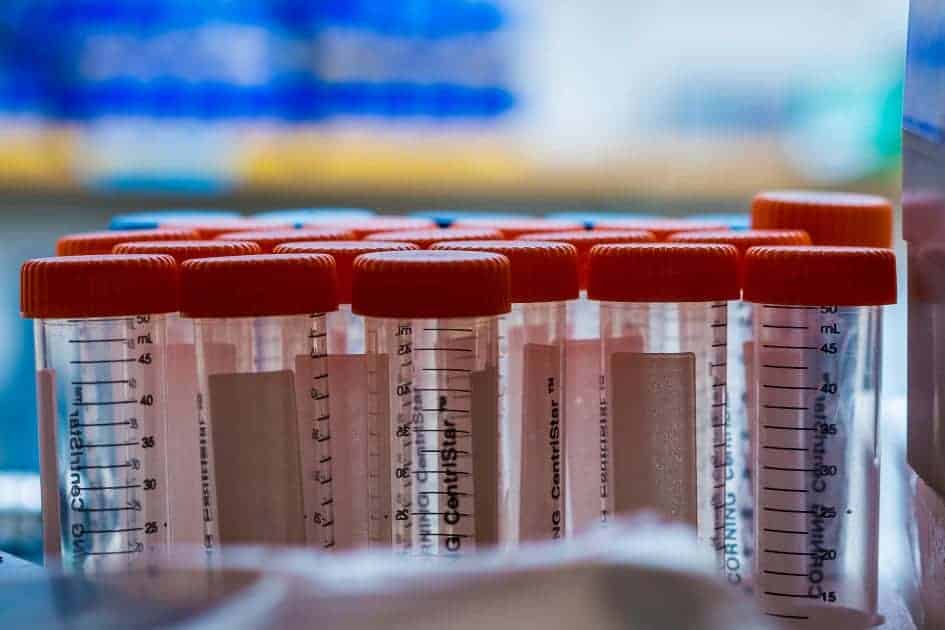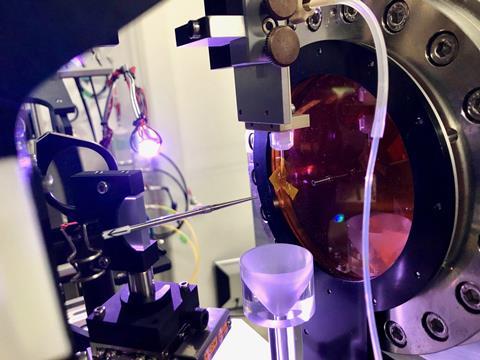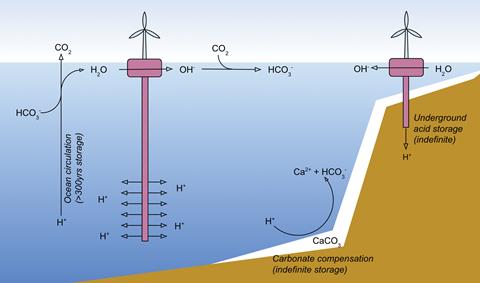Northwestern University researchers have developed a new tool to harness immune cells from tumors to fight cancer rapidly and effectively. Their findings, to be published January 27 in the journal Nature Biomedical Engineering, showed a dramatic shrinkage in tumors in mice compared to traditional cell therapy methods. With a novel microfluidic device that could be […]
Read More